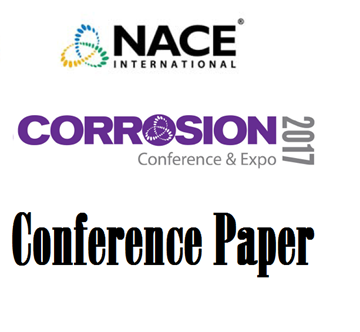Search
Online Continuous Corrosion Monitoring for Detection Monitoring and Control of Localized Corrosion
Also Purchased
High Accuracy Ultrasonic Corrosion Monitoring
Product Number:
51317--8990-SG
ISBN:
8990 2017 CP
Publication Date:
2017
$20.00
51318-10937-A New Perspective on Corrosion Monitoring
Product Number:
51318-10937-SG
Publication Date:
2018
$20.00
Principles and Issues in Structural Health Monitoring Using Corrosion Sensors
Product Number:
51317--9240-SG
ISBN:
9240 2017 CP
Publication Date:
2017
$20.00




